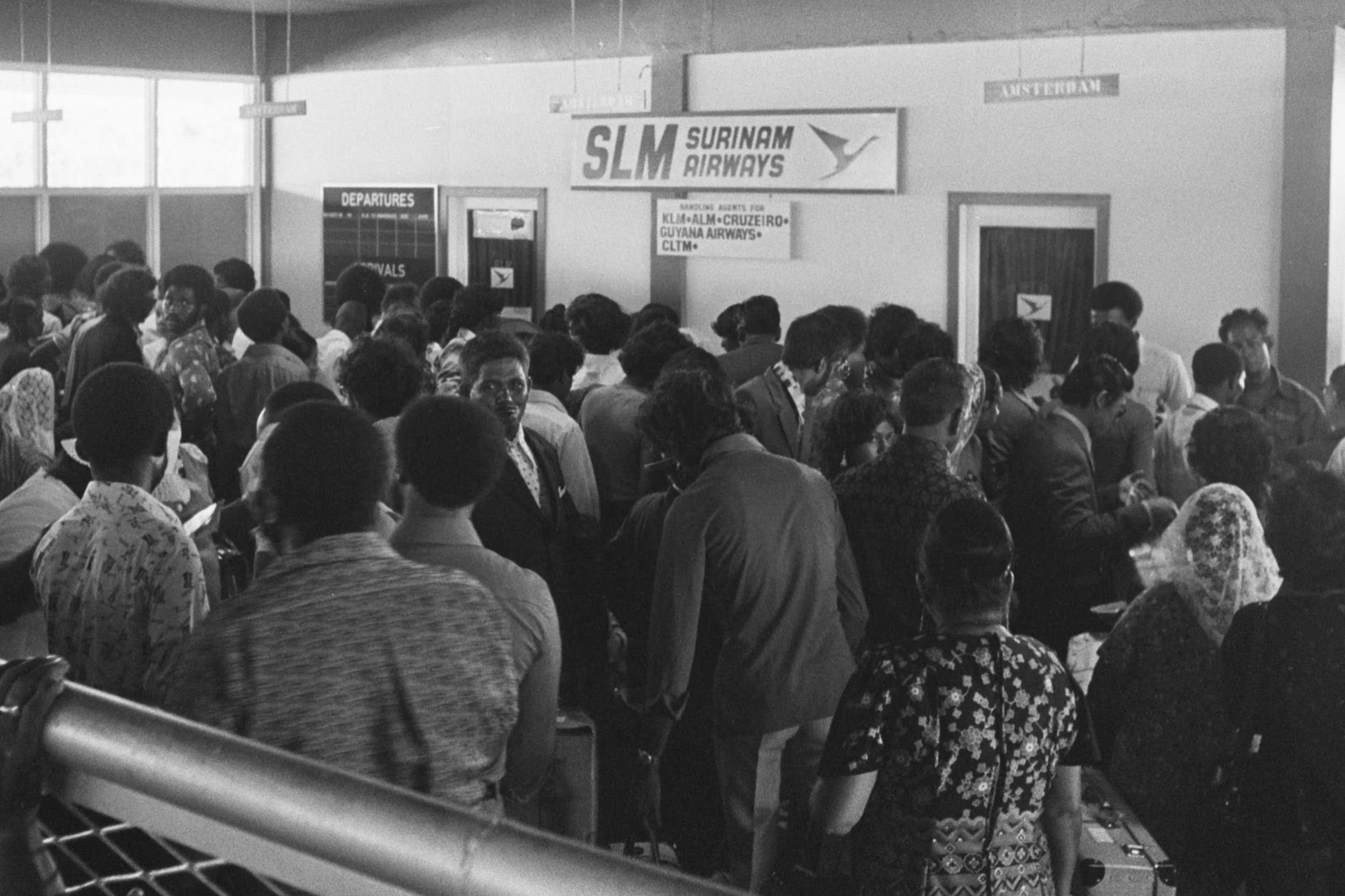
The Surinamese Interior War, a conflict that raged from 1986 to 1992, remains a pivotal chapter in Suriname's history. This war, fought between the Surinamese government and the Jungle Commando led by Ronnie Brunswijk, had profound impacts on the country's social, economic, and political landscape. Why did this war start? The conflict stemmed from deep-seated issues like ethnic tensions, economic disparities, and political grievances. The war led to significant displacement, loss of life, and destruction of infrastructure. Understanding the Surinamese Interior War is crucial for grasping the complexities of Suriname's modern history. Let's delve into 30 compelling facts about this significant conflict to shed light on its causes, key events, and lasting effects.
Key Takeaways:
- The Surinamese Interior War, lasting from 1986 to 1992, was fueled by ethnic tensions, economic disparities, and political instability, leaving deep scars on the country's social fabric.
- The conflict involved the Surinamese government, the Jungle Commando rebel group, and Maroon communities, leading to widespread displacement and human rights abuses. The Kourou Accord in 1992 marked the official end of the war and paved the way for peacebuilding efforts.
Origins of the Surinamese Interior War
The Surinamese Interior War, also known as the Surinamese Civil War, was a significant conflict in Suriname's history. It involved various factions and had a profound impact on the country's development.
- The war began in 1986 and lasted until 1992.
- It primarily involved the Surinamese government and the Jungle Commando, a rebel group led by Ronnie Brunswijk.
- The conflict was rooted in ethnic tensions between the Maroons and the central government.
- Economic disparities and political instability also fueled the war.
- The war was part of a broader wave of civil conflicts in Latin America during the 1980s.
Key Players in the Conflict
Understanding the main actors in the Surinamese Interior War helps to grasp the complexity of the conflict.
- Ronnie Brunswijk, a former bodyguard of the Surinamese dictator Desi Bouterse, led the Jungle Commando.
- Desi Bouterse, the then-military ruler of Suriname, played a crucial role in the government's response to the rebellion.
- The National Army of Suriname was the primary military force fighting against the Jungle Commando.
- Various Maroon communities supported the Jungle Commando, seeking greater autonomy and rights.
- International actors, including neighboring countries, had varying degrees of involvement and interest in the conflict.
Major Battles and Incidents
Several key battles and incidents defined the course of the Surinamese Interior War.
- The Moiwana massacre in 1986, where government forces killed at least 39 civilians, was a turning point in the conflict.
- The Battle of Stolkertsijver in 1987 saw significant casualties on both sides.
- The Jungle Commando frequently used guerrilla tactics, including ambushes and sabotage.
- Government forces conducted numerous operations to regain control of rebel-held territories.
- The conflict led to widespread displacement, with thousands of civilians fleeing their homes.
Impact on Civilians
The war had a devastating impact on the civilian population of Suriname.
- Many villages were destroyed, and infrastructure was severely damaged.
- Thousands of people were internally displaced, seeking refuge in safer areas.
- The conflict disrupted education, healthcare, and other essential services.
- Human rights abuses, including extrajudicial killings and torture, were reported on both sides.
- The war left deep scars on the social fabric of Surinamese society, with lingering mistrust between different ethnic groups.
Resolution and Aftermath
The resolution of the Surinamese Interior War marked a new chapter in the country's history.
- Peace talks began in the early 1990s, facilitated by international mediators.
- The Kourou Accord, signed in 1992, officially ended the conflict.
- The accord included provisions for disarmament, demobilization, and reintegration of rebel fighters.
- Ronnie Brunswijk transitioned from a rebel leader to a political figure, eventually becoming Vice President of Suriname.
- The government implemented various development programs to rebuild war-torn areas.
Long-term Consequences
The long-term consequences of the Surinamese Interior War continue to shape the country.
- The war highlighted the need for greater attention to the rights and needs of Maroon communities.
- Efforts to promote national reconciliation and healing have been ongoing.
- The conflict underscored the importance of addressing economic disparities and political grievances.
- Suriname's experience with the war has influenced its approach to conflict resolution and peacebuilding.
- The legacy of the Surinamese Interior War serves as a reminder of the importance of dialogue and inclusivity in preventing future conflicts.
Reflecting on the Surinamese Interior War
The Surinamese Interior War left a lasting impact on the country's history and its people. This conflict, which spanned from 1986 to 1992, saw intense battles between the Surinamese government and the Jungle Commando, led by Ronnie Brunswijk. The war caused significant displacement, with many Maroon communities forced to flee their homes. Despite the turmoil, the war ended with the Kourou Peace Accord in 1992, bringing a fragile peace to the region.
Understanding this period helps grasp the complexities of Suriname's social and political landscape. The war's legacy continues to influence the nation's development and the lives of those affected. By learning about these events, we honor the resilience of the Surinamese people and recognize the importance of peace and reconciliation in building a better future.
Frequently Asked Questions
Was this page helpful?
Our commitment to delivering trustworthy and engaging content is at the heart of what we do. Each fact on our site is contributed by real users like you, bringing a wealth of diverse insights and information. To ensure the highest standards of accuracy and reliability, our dedicated editors meticulously review each submission. This process guarantees that the facts we share are not only fascinating but also credible. Trust in our commitment to quality and authenticity as you explore and learn with us.
